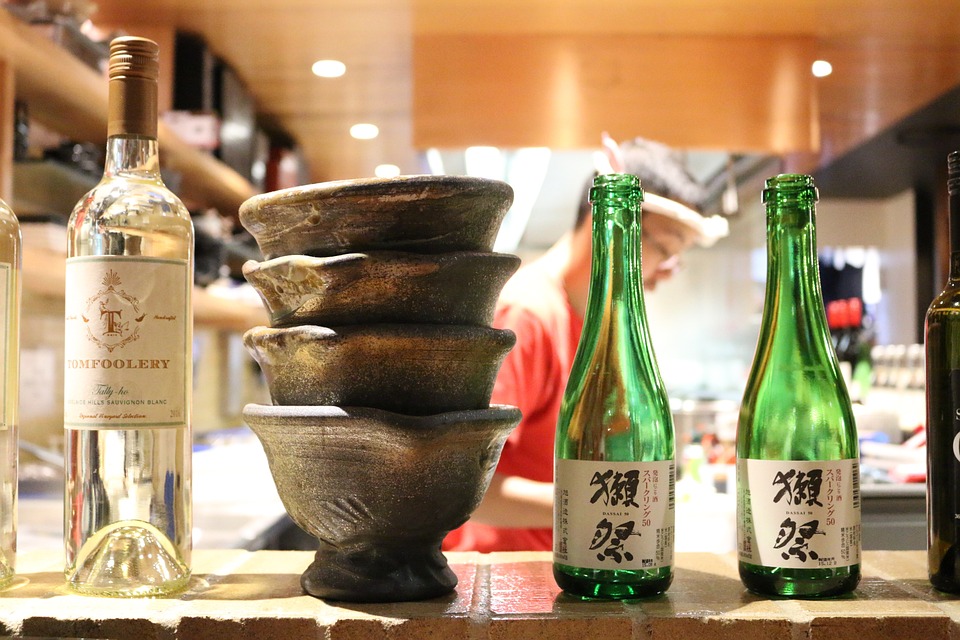[ad_1]
Miso is a staple ingredient in Japanese cuisine, but it has gained popularity all around the world for its unique flavor and versatility in cooking. This fermented soybean paste adds depth and umami to dishes, making it a go-to ingredient for chefs and home cooks alike. However, with so many varieties of miso available, it can be overwhelming to choose the right one for your recipes. In this article, we’ll explore the different types of miso and provide guidance on how to select the best miso for your cooking needs.
Understanding the Different Types of Miso
Miso is made by fermenting soybeans with salt and koji (a type of mold) and sometimes with other grains like rice or barley. The length of fermentation and the type of grain used result in different flavors, colors, and textures of miso. The three main types of miso are:
- White Miso (Shiro Miso): This miso is light in color and flavor, with a sweet and mild taste. It is fermented for a shorter period, usually a few weeks to several months. White miso works well in dressings, marinades, and light broths.
- Yellow Miso (Shinshu Miso): Yellow miso is slightly more assertive in flavor than white miso, with a hint of sweetness and a deeper umami taste. It is fermented for a medium period, typically a few months to a year. Yellow miso is versatile and can be used in soups, stews, and glazes.
- Red Miso (Aka Miso): Red miso has a rich, robust flavor and a deep reddish-brown color. It is fermented for the longest period, sometimes up to three years, resulting in a bold, salty taste. Red miso is best used in hearty dishes like miso soup, braised meats, and bold-flavored sauces.
Considerations for Choosing the Right Miso
When selecting the best miso for your recipes, consider the following factors:
- Flavor Profile: Determine the desired flavor profile for your dish. Do you want a subtle sweetness, a balanced umami, or a bold, salty kick?
- Color and Appearance: The color of miso ranges from white to light yellow to deep red, and the texture can be smooth or coarse. Consider the visual impact of miso in your final dish.
- Texture: Some miso pastes are smoother and creamier, while others are chunkier and more textured. Choose the texture that suits your cooking needs.
- Cooking Method: Different miso types are better suited for specific cooking methods. For example, white miso is great for quick marinades and dressings, while red miso shines in long-simmering soups and braises.
Tips for Buying and Storing Miso
When shopping for miso, look for miso pastes in the refrigerated section of your grocery store, as they are usually fresher and have better flavor. Check the expiration date and opt for organic, non-GMO miso if possible. Once you’ve brought miso home, store it tightly sealed in the refrigerator to maintain its freshness and flavor.
Conclusion
Choosing the best miso for your recipes can elevate the flavor of your dishes and add depth to your cooking. Understanding the different types of miso, considering flavor profiles and textures, and selecting the right miso for your cooking methods are key factors in making the right choice. With these guidelines in mind, you can confidently select the perfect miso for your next culinary creation.
FAQs
Q: Can miso be used in non-Japanese cuisine?
A: Yes, miso’s unique flavor and versatility make it a great addition to various cuisines, such as salad dressings, marinades, glazes, and dips in non-Japanese cooking.
Q: Is miso paste the same as miso soup base?
A: Miso paste can be used as a base for miso soup, but miso soup base typically includes other flavorings and seasonings like dashi (stock), mirin (sweet rice wine), and seaweed.
Q: Can miso paste be frozen for long-term storage?
A: Yes, miso paste can be frozen for long-term storage. Portion the paste into small containers or ice cube trays for easy use and thawing.
[ad_2]





Comments